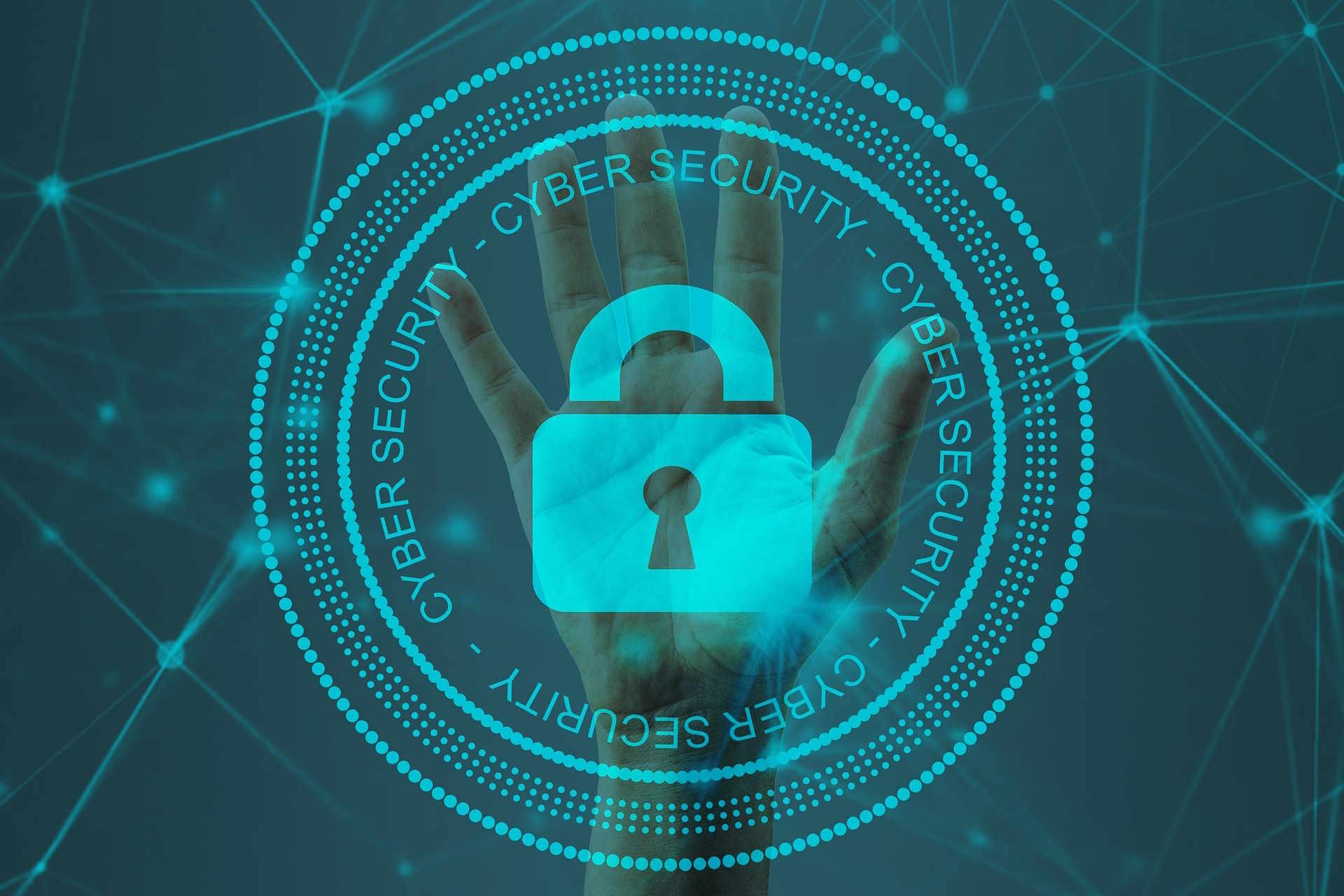Cyber Security: Protecting Your Digital Assets
In today's interconnected world, cyber security is more important than ever. With the constant threat of cyber attacks looming, safeguarding your digital assets is paramount. Read below to discover essential insights into cyber security and how you can protect yourself from online threats.

Cyber security is the practice of protecting computer systems, networks, and data from unauthorized access or attacks. It encompasses a range of measures designed to ensure the confidentiality, integrity, and availability of information in the digital realm. From individuals to large corporations, everyone is vulnerable to cyber threats, making cyber security a critical concern for all.
Penetration Test: Assessing Vulnerabilities
A penetration test, commonly referred to as a pen test, is a simulated cyber attack conducted to evaluate the security of a computer system or network. By identifying vulnerabilities and weaknesses, penetration tests help organizations strengthen their defenses and mitigate potential risks. Engaging in regular penetration testing can help safeguard your digital assets and prevent costly breaches.
Cyber Security Detection: Early Warning Systems
Cyber security detection refers to the process of identifying and responding to cyber threats in real-time. Advanced detection systems utilize machine learning algorithms and behavioral analytics to detect anomalous activities and potential security breaches. By deploying robust detection mechanisms, organizations can identify and neutralize threats before they cause significant damage.
Network Security: Protecting Your Connections
Network security focuses on securing the integrity and privacy of data transmitted over computer networks. This includes implementing firewalls, encryption protocols, and intrusion detection systems to safeguard against unauthorized access and cyber attacks. By prioritizing network security, organizations can create a secure environment for data transmission and communication.
Identity Access Management Software: Controlling Access
Identity access management (IAM) software enables organizations to manage user identities and control access to resources and data. By implementing IAM solutions, organizations can enforce security policies, streamline user authentication processes, and prevent unauthorized access to sensitive information. IAM software plays a crucial role in maintaining data security and compliance with regulatory requirements.
Penetration Testing Services: Partnering for Protection
Many organizations opt to enlist the help of penetration testing services to assess their security posture and identify vulnerabilities. These services employ skilled professionals who simulate cyber attacks to uncover weaknesses in systems and networks. By partnering with penetration testing services, organizations can proactively identify and address security risks, ultimately enhancing their cyber security defenses.
In the United States, cyber security is a top priority for businesses, government agencies, and individuals alike. With the increasing frequency and sophistication of cyber attacks, investing in robust cyber security measures is essential for protecting sensitive information and preventing data breaches. By staying informed about emerging threats and implementing best practices, you can safeguard your digital assets and minimize the risk of cyber threats.
In conclusion, cyber security is a critical component of modern-day life, ensuring the protection of digital assets and personal information. By prioritizing measures such as penetration testing, network security, and identity access management, individuals and organizations can mitigate the risks posed by cyber threats and maintain a secure online environment.




